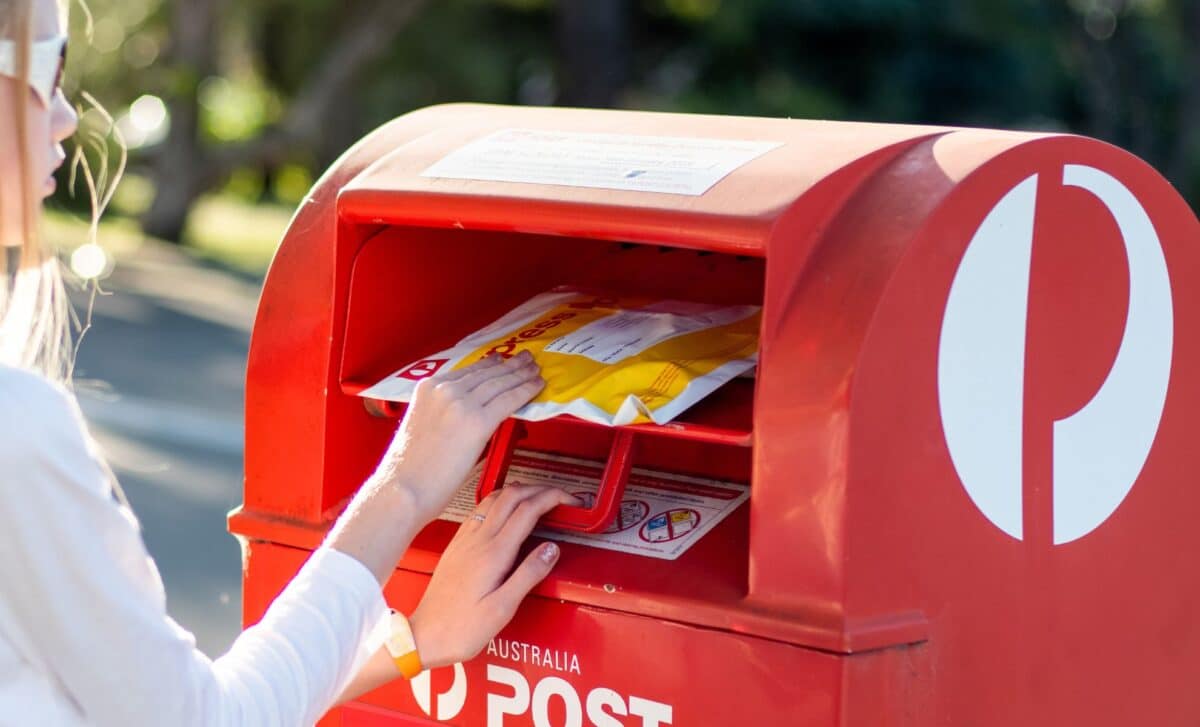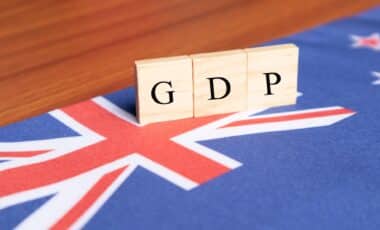Australians are set to pay more for sending standard letters after the Australian Competition and Consumer Commission (ACCC) approved a price hike for postage.
Starting July 17, 2025, the Basic Postage Rate (BPR) will increase by 20 cents, rising from $1.50 to $1.70. This marks the latest move by Australia Post to adjust its pricing model amid significant declines in letter volumes. The rise in postage prices is not just a response to inflationary pressures, but also a reflection of changing communication habits.
With personal mail declining significantly and government and business letters dominating postal volumes, Australia Post finds itself facing a growing financial strain.
The Decline of Letter Volumes and the Price Rise
According to Australia Post, letter volumes are at their lowest point since the 1950s. The postal service reported a 10.6% drop in letter volumes during the first half of 2025, contributing to a significant loss of $83.7 million in its letters division.
This dramatic decline has come as digital communication increasingly replaces physical mail, with only around 3% of all letters now sent by individuals, and most of the remaining correspondence being official government or business-related communications.
Australia Post’s statement on the price hike highlighted that the increased postage rates were necessary to cover the rising cost of delivering letters across a vast and increasingly underused network.
Despite the steady fall in demand, more than 200,000 new delivery points are added every year, making it challenging for the service to maintain financial sustainability. The price hike, while modest, is one way the company aims to cope with these mounting costs.
Managing Financial Challenges Without Government Support
Australia Post, as a self-funded government business enterprise, does not rely on direct government funding to cover its operational costs.
As such, it must generate sufficient revenue from services like letter postage to continue providing its core services. According to the ACCC, even with the price increase, the postal service is unlikely to fully recover its losses from the letters division in the short term.
To soften the impact on households, the price of concession and seasonal greeting stamps will remain unchanged at 60 and 65 cents, respectively. Additionally, charities will continue to receive discounted postage rates. However, for the average Australian household, the price increase will amount to just $1.20 per year, as most people purchase only a small number of full-rate stamps annually.









